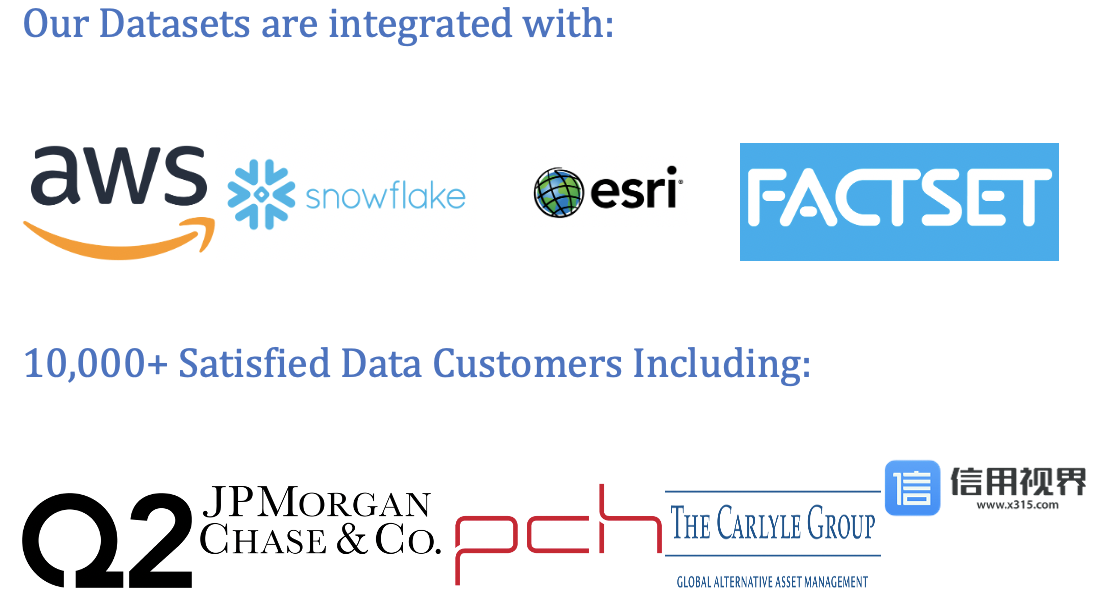
Top Wildfires Data Providers
Understanding Wildfires Data
Wildfires data plays a crucial role in understanding and managing wildfire events. It helps in assessing the extent of wildfire activity, predicting fire behavior, allocating resources for firefighting efforts, and mitigating the impact on communities and ecosystems. By analyzing wildfires data, stakeholders can identify trends, patterns, and risk factors associated with wildfires, enabling them to develop strategies for prevention, preparedness, and response.
Components of Wildfires Data
Key components of wildfires data include:
- Fire Incidents: Information about wildfire events, including their ignition points, dates, times, and locations, providing a chronological record of wildfire occurrences.
- Fire Size and Spread: Data on the size of wildfires, their rates of spread, and the direction of fire growth, indicating the severity and extent of fire activity.
- Weather Conditions: Meteorological data, such as temperature, humidity, wind speed, and precipitation, influencing fire behavior and firefighting strategies.
- Geographical Features: Geographic data, including terrain, vegetation types, land use, and proximity to urban areas, affecting wildfire risk and vulnerability.
- Environmental Impacts: Data on the ecological, social, and economic impacts of wildfires, such as habitat loss, air quality degradation, property damage, and human casualties.
Top Wildfires Data Providers
- Leadniaga : Leadniaga offers advanced analytics and visualization tools for accessing and analyzing wildfires data from various sources, enabling stakeholders to monitor wildfire activity in real-time, assess fire risk, and coordinate response efforts effectively.
- NASA Fire Information for Resource Management System (FIRMS): FIRMS provides near real-time satellite data and imagery of active fire detections worldwide, allowing users to track wildfires, monitor fire behavior, and assess fire danger conditions.
- National Interagency Fire Center (NIFC): NIFC offers comprehensive wildfire incident information, including fire statistics, incident reports, and situational awareness updates, supporting wildfire management and decision-making at the national level.
- CalFire: CalFire provides wildfire data and resources for the state of California, including fire incident maps, incident reports, and historical fire data, assisting in wildfire prevention, response, and recovery efforts.
- European Forest Fire Information System (EFFIS): EFFIS offers wildfire monitoring and mapping services for Europe, providing fire danger forecasts, fire risk assessments, and fire statistics to support wildfire management and policy development.
Importance of Wildfires Data
Wildfires data is essential for various stakeholders in the following ways:
- Risk Assessment: Wildfires data helps assess wildfire risk by analyzing historical fire patterns, environmental conditions, and human activities that contribute to fire ignition and spread.
- Emergency Response: Wildfires data supports emergency response efforts by providing timely information on fire location, size, behavior, and potential impacts, enabling authorities to allocate resources and coordinate firefighting operations effectively.
- Land Management: Wildfires data informs land management decisions by identifying areas prone to wildfires, prioritizing fuel reduction projects, and planning prescribed burns to mitigate fire risk and promote ecosystem health.
- Community Safety: Wildfires data helps raise awareness about wildfire hazards, evacuation routes, and emergency preparedness measures, empowering communities to take proactive steps to protect lives and property.
Applications of Wildfires Data
Wildfires data is utilized in various applications and use cases, including:
- Fire Forecasting: Wildfires data is used to develop predictive models and fire behavior simulations to forecast wildfire activity, anticipate fire spread, and assess potential fire impacts under different scenarios.
- Fire Monitoring: Wildfires data is used to monitor active fire incidents, track fire perimeters, and evaluate fire suppression efforts using satellite imagery, aerial reconnaissance, and ground observations.
- Environmental Research: Wildfires data is used in ecological research to study the ecological effects of wildfires on vegetation dynamics, soil erosion, water quality, wildlife habitat, and ecosystem resilience.
- Policy Development: Wildfires data informs policy decisions related to wildfire management, land use planning, building codes, vegetation management, and community wildfire protection planning, aiming to reduce wildfire risk and enhance community resilience.
Conclusion
In conclusion, wildfires data is a valuable resource for understanding, monitoring, and managing wildfire events. With Leadniaga and other leading providers offering access to comprehensive wildfires data and analytics solutions, stakeholders can leverage data-driven insights to assess wildfire risk, coordinate emergency response efforts, and mitigate the impact of wildfires on communities and ecosystems. By harnessing the power of wildfires data effectively, organizations can improve wildfire preparedness, enhance public safety, and build resilient communities in the face of escalating wildfire threats.
Our Datasets are integrated with :



10,000+ Satisfied Data Customers including :








